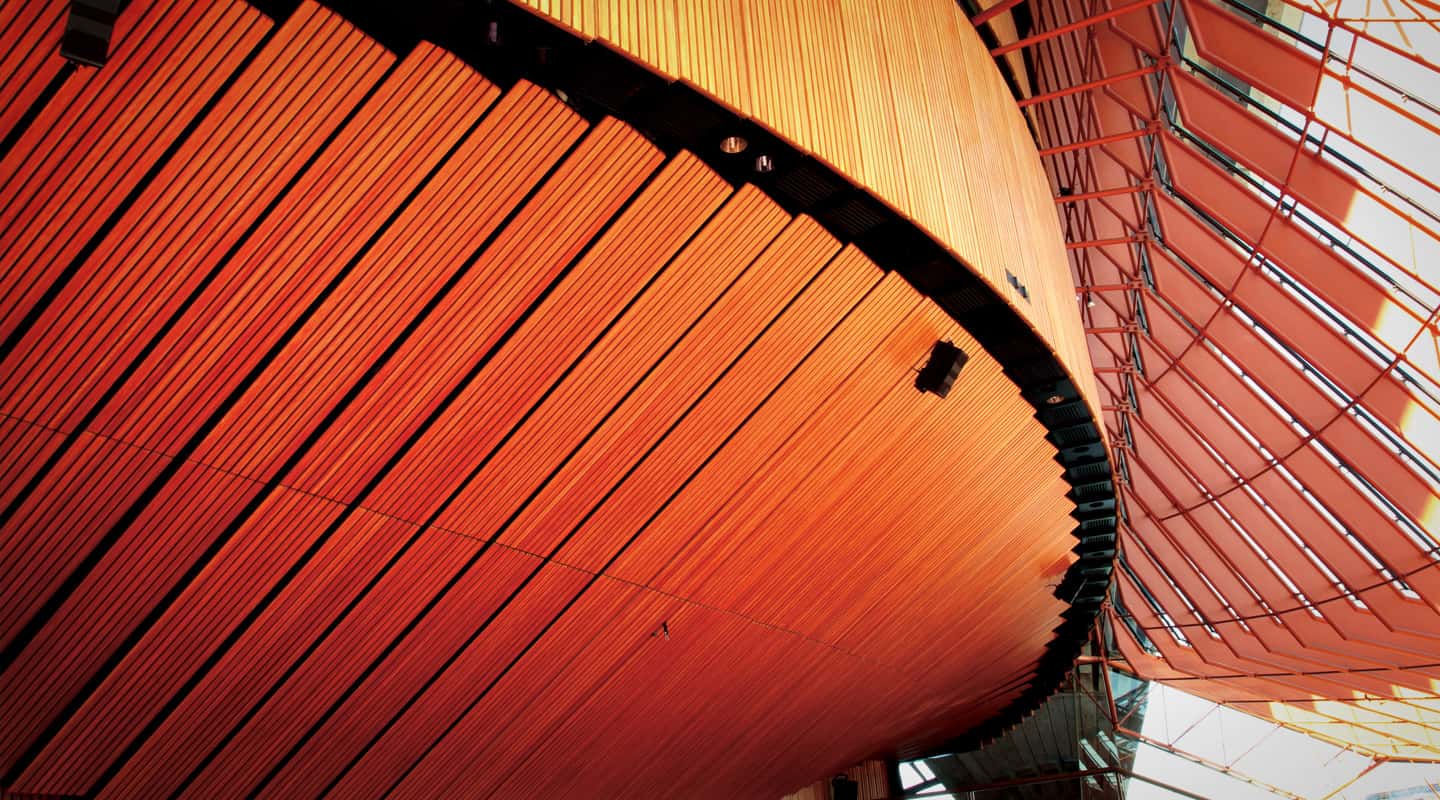
Connecting Up The House
The Sydney Opera House upgraded its stage management desks but didn’t stop there. Now every audio, video or comms source is connected to any screen, speaker, cue light, VoIP phone or headset.
Text:/ Andy Ciddor
Everyone who’s worked in theatre, or merely visited the prompt corner on a stage, is familiar with the stage manager’s desk. It has a place for the Prompt Copy of the show ‘script’ with its squiggles and notations of stage actions and cues for the all of the departments involved in the show, and most importantly a light to read it by. It has a big clear clock with a sweep second hand for starting and timing the show, and some form of silent telephone to connect with front of house staff managing the audience. There’s a microphone for cueing the performance crew and a push-to-talk mic key for paging the performers in their lairs. There’s also an array of switches for the cue lights that silently give ‘Stand-by’ and ‘Go’ information to the participants in a production.
Although that description is based on the first such desk I saw as teenager in the 1960s, with the addition of two-way crew talkback in the ’70s and a video monitor or two in the ’80s, the design has quite properly changed very little since the invention of the valve audio amplifier and the consequent development of the backstage tannoy system.
OFF THE PEG OR OFF THE HOOK?
So if you’re the Sydney Opera House (SOH) with a fleet of stage management desks (SMDs) successfully running hundreds of performances per year across a multitude of venues, how would you improve the design and functionality for the next generation of your ageing SMDs? The conventional wisdom says to look at the latest generations of talkback, cueing, show relay and video monitoring systems, consider the differing production formats for each venue, then build the ideal desk for each of your venues.
Or you could do what David Claringbold, then SOH Technical Director did when he took up the job in 2006. “I knew it would take a long time to work through in terms of funding approval, design and consultation, so in around 2007 I began to talk to people about what they would need for the future. In parallel to that, the Opera House itself began to talk a lot about digital and content from a broader enterprise perspective. Both of these projects were about audiovisual content storage distribution management in some form.
“They intersected/merged as the one project a few years after the initial discussions about what a stage management system should do. At one end of the spectrum there are people saying a stage management system is a clock and a light, and at the other end there are people who wanted it to have all the technical bells and the whistles.
“Eventually we broke the project down into three really big chunks that were dependent on how funding worked. Chunk 1 was just core stage management – an ‘intercom and cue lights’-style of system. Chunk 2 was what we called the Foyer Audio distribution system, with front of house and back of house distribution of audio for paging, show relay, etc., across the entire site. Chunk 3 became a recording and archive system. We archive all the shows anyway, but everything was done in standard definition or lower, and wasn’t particularly reliable. People were unable to automate recording something when they needed it, plus the stage managers didn’t have the video control they really wanted.”
BIGGER PICTURE
During development process Claringbold and his team got thinking about the bigger picture. In other words, the scope was broader than stage management systems, it was about a broader enterprise-wide audiovisual distribution system for the Opera House: “We asked ourselves questions such as: what should it be and to what degrees of segregation and what degrees of integration do we need to interface the stage management system over the top of that? That then became the big picture look at what we were trying to design.
“Knowing the requirements from a recording, video conferencing and event streaming perspective and the audio distribution requirement, it seemed logical to have pretty much a broadcast standard infrastructure, so that we could tap in and out of that architecture as required for controlling shows and/or streaming and recording shows.”
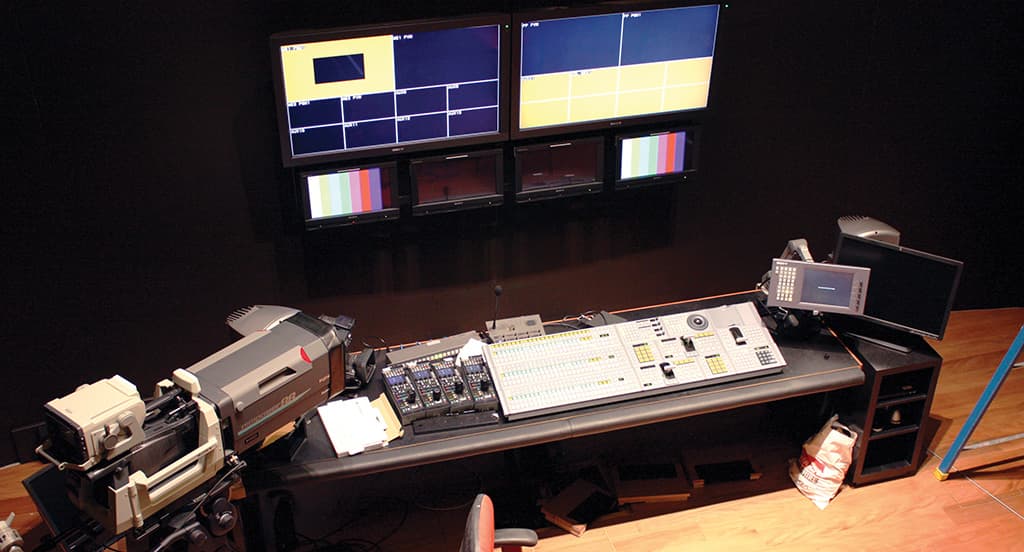
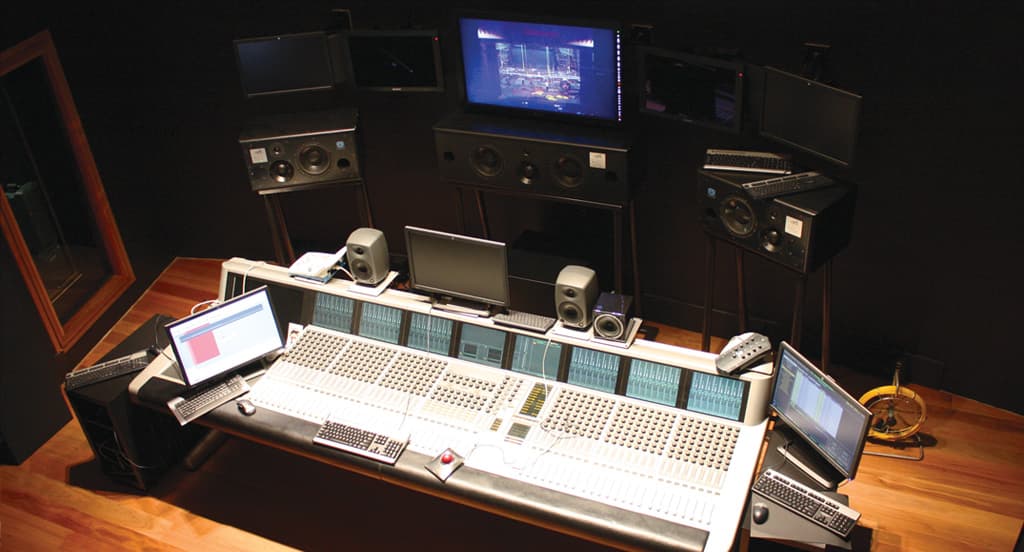
GRAND UNIFIED THEORY OF EVERYTHING
Put all of these requirements together and you wind up with something quite different to your conventional stage management system. The SOH now has a unified fibreoptic production network with nearly 900 endpoints. While this network was originally constructed as a separate system from the general site-wide SOH data network, once all of the new systems were tested, the production network was merged with the existing network to form a single fibre backbone. Over that backbone runs a Riedel Mediornet vision distribution system, Dante digital audio from the Delec Oratis paging matrix, Riedel digital communications, and Nexus digital audio, plus a bunch of other virtual networks handling everything from VoIP telephones to lighting control data and an SNTP time server.
The Mediornet system digitally distributes the HD video from all cameras (broadcast, production, FOH), all production switchers and all video recording and replay devices. The Delec Oratis system distributes paging, announcements and show relay audio to all dressing rooms, common backstage areas, assembly areas and foyer spaces. The Riedel matrix-based digital talkback system has been in place for several years, connecting virtually every space in the entire SOH precinct. The Stagetec Nexus network, which had previously served for audio distribution in some venues, has now been expanded to link all input and output channels on the Euphonix consoles with the Pyramix and ProTools recorders and all other production sources and consoles in the precinct.
WHAT’S YOUR STORY?
Although it was a grand, sweeping idea to create a unified audiovisual network that reaches into every point of the SOH site, connecting any audio, video or comms source with any screen, speaker, cue light, VoIP phone or headset, the realisation of this idea as a half a dozen stage management consoles, hundreds of comms stations, hundreds of dressing rooms, dozens of public spaces and dozens of technical areas, was an enormous and intensely detailed task. The design specification process required the compilation of an exhaustive list of every aspect, of every required system function, and in sufficient detail so that not only could every function and system operation be specified to the suppliers, but that spec could later be used to verify that all functions operated correctly at the point of system commissioning and acceptance.
Brad Maiden who was assigned the task of SOH Technical Project Manager for the SMD project worked with consultant Dave Ludlum of TheatrePlan in the UK to build this complex specification. He explains the process: “We held two big weeks of workshops with stage managers, recording and broadcast personnel, technical support, sound and AV. Of course Rutledge was there and Mediagroup flew in a couple of people from Germany.
“Together we developed a document that became our User Story Document. We created an Excel spreadsheet. Every row of the sheet contained a statement such as ‘As a stage manager I want to page the Green Room so that I can call a performer to a show.’ Or ‘As a sound engineer I want to receive a notification that the off-stage singers are in position, so that I can safely add them to the mix’. At the end of the sessions we wound up with about 512 of these user stories. Each of these went on to be developed into functional requirements for the project. Indeed for most of the project we referred back to those user stories.”
TOUR OF DUTY: DELEE NAM
One of the keys to the digital architecture of the SMD audiovisual media system is the ability to retain every signal in the digital domain for the entire creation, routing and distribution process. While this is relatively simple to achieve for video, comms and cue light end-points, it’s quite a bit more problematic with audio announcements which are usually distributed entirely in the analogue domain over special-purpose cables from either line-level distribution amplifiers or central power amplifiers.
While developing the SOH SMD system, the Delec division of Salzbrenner Stagetec Mediagroup found itself with all the parts to a digital paging and announcement network they were supplying for Sydney Trains station announcements, except the analogue audio output sub-system. Audio engineer Treva Head of Stagetec’s Australian office set about developing a peripheral that could sit on an Ethernet network carrying Audinate’s Dante 256-channel digital audio protocol, extract up to four designated channels, convert them to analogue audio and crank them out at up to 12W per channel.
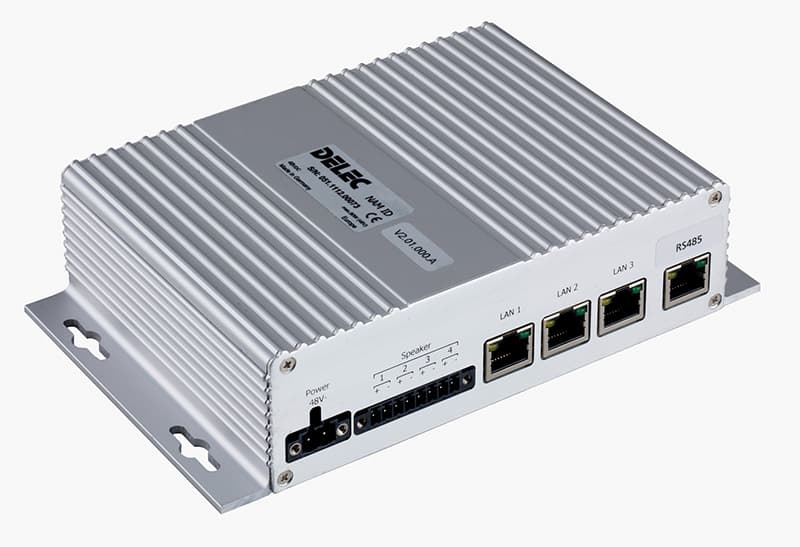
The Network Amplifier Module (or NAM, as it was inventively named), eventually spawned two production variants, a weatherproof version with GPIO (switch closure) inputs and a built-in microphone for echo cancellation processing on railway stations, and a less bomb-proof version with an RS-485 input for connection to external devices. Like so many networked devices, the NAM is configured by accessing its internal web page.
Some 117 NAMs are deployed around the SOH precinct to provide the analogue audio feeds to drive the passive announcement and paging speakers in about 230 dressing rooms and assembly areas. KNX-based volume controls are used to set speaker levels in areas such as dressing rooms where volume adjustment is permitted.
Hundreds of other NAMs are located in Sydney railway stations, while Stagetec are continuing to find dozens of other uses for them – pretty much wherever they want to drive a small loudspeaker from a digital source.
THE SMDS
Because of the complexity of the environment in which the SMD was to operate and the vast number of operational requirements in the specification, the actual desks presented quite a challenge to the Salzbrenner Stagetec Mediagroup’s development team in Buttenheim. Although Stagetec has developed its own technologies and solutions for audio and video routing, paging and cue light systems and talkback and production communications, the SOH project involved integration of Mediagroups’s Delec Oratis paging and cue light system with the existing SOH Riedel networks for talkback and video distribution and its existing Stagetec Nexus system for audio distribution. The press of a single software-configurable LCD multi-coloured button on the SMD could result in dozens of user-defined actions across the entire panoply of SOH systems from lighting control to video replay, to tally lights and comms, and cue lights, buzzers and cameras feeds.
Not only can every button on the SMD be assigned user-specific tasks from the console GUI, but the output of that process can be routed to any endpoint in any venue across the precinct. A paging call button can be configured to deliver the output of the stage manager’s microphone to any dressing room, assembly space, foyer, control room or production headset in the building. A cue light button can be configured to flash any cue light anywhere in the building, from the props table behind the set to any control room or machine room in any venue. Who knows when somebody in the Opera Theatre may need to cue a camera drone released from the top of a scaffold tower in the forecourt, or the pipe band in the Concert Hall foyer to change tunes.
Every aspect of each SMD can be configured from its internal GUI-based menu system. All setup data is stored in a configuration database which is replicated in the SOH’s off-site disaster recovery centre. Every user’s production configuration can be uploaded into any one of the other SMDs, including the hot spare which is available to be wheeled into any venue in case of emergency.
STUDIOS IN NEED OF A LIFT
Running in parallel to the SMD upgrade was a major construction project to create a new loading dock under the Opera House, three stories below sea level. Designed to enhance all aspects of SOH operations, large lifts were included to provide access to the main stage spaces. However, the only space available to house these truck-sized lift shafts included the existing broadcast and recording studios.
As a result, the SOH no longer has such a facility. Instead, every space in the building has the potential to be a recording studio, with its audio and vision control facilities located in one of the four new control rooms which are connected on the Mediornet network for all video paths and the Nexus audio distribution network for all sound.
SOH Head of Recording and Broadcast, Tony David Cray, describes it this way: “The notion of having multiple studios means we can do the same type of work, but we can put somebody else in that room today or upstairs in another room tomorrow. Because of the technology backbone the idea of a person operating and manipulating digital media is now virtualised. People literally login to the services they require.”
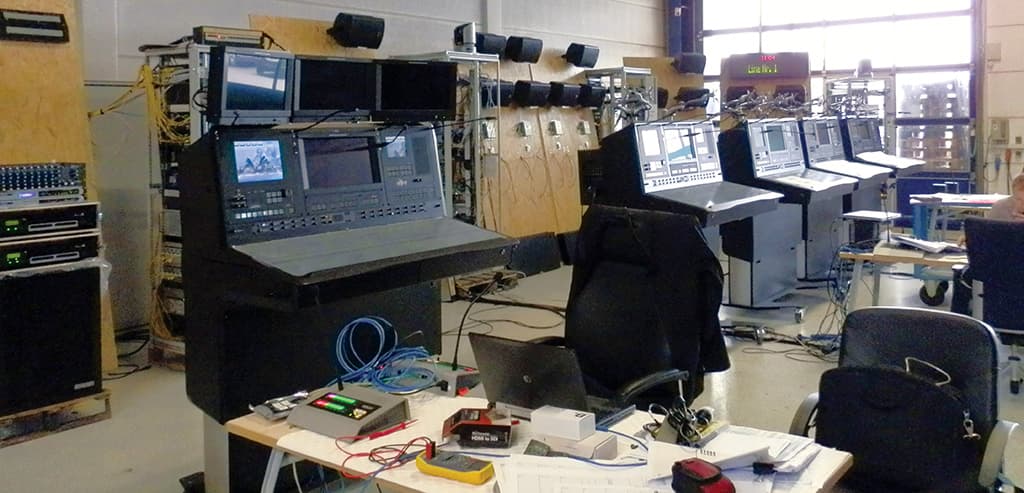
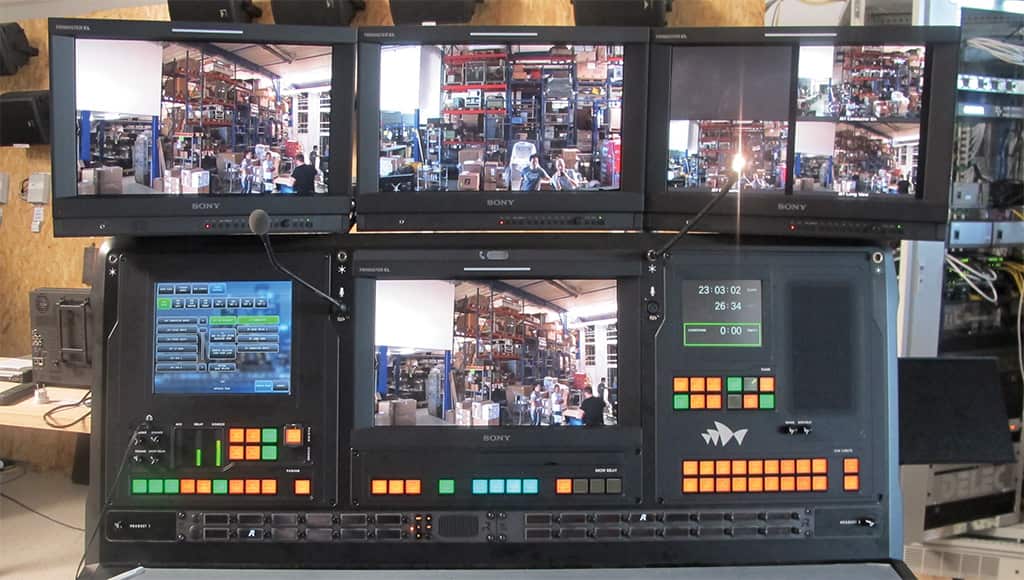
BROADCAST SELF SUFFICIENCY
While it has long been SOH policy to make archival recordings of all events and rehearsals, the cameras used for stage monitoring, production relay and even conductor relay are now all HD devices shared on the venue-wide broadcast-quality network, and can become part of a stage manager’s display, while simultaneously being used by off-stage musicians and performers, or incorporated into a recording, web streaming or broadcast production.
The number of camera chains purchased as part of the studio replacement program was scaled back to allow those purchased to be of broadcast quality with decent lenses, providing sufficient vision quality for medium-scale independent broadcasts to be mounted without the need for outside broadcast trucks to be brought on site. To this end a Sony MVS7000X multi-format production switcher with four mix/effects (M/E) rows was selected, as this switcher is familiar to most professional production directors. For most productions it’s expected the switcher will be partitioned as two independent dual M/E switchers. On a similar note there are a pair of 320-channel Avid/Euphonix System 5 consoles which are widely accepted for both live broadcast and post-production work. Together with Pyramix and EVS record and replay systems the SOH now has the stand-alone capability to originate, record, post process and broadcast or stream a wide range of digital media.
SHOW RELAY
It’s customary to play show relay audio (and more recently video) in the foyer of a venue during a performance, so that latecomers can see and hear the production until the ‘suitable break in the performance’ when they’ll allowed into their seats. Show relay is also valuable to FOH staff who are preparing for an attack of the audience hordes for a cuppa or a quick glass (or several) during an interval, and it’s interesting to the public who may simply be passing through the foyer. Usually the audio system for show relay is something of suitable quality for background audio at comfortable listening levels, although sometimes it gets cranked up past its best quality to provide a bit of background music during gala(h) openings and similar events.
As the show relay to SOH foyers and other public spaces have now become endpoints on the paging and show relay network and were therefore part of the overall media backbone, like everything else on the network their functionality became open to reconsideration. Add to this the upgrade to foyer sound facilities that had been part of long-term SOH planning anyway, and you get to the point of installing SOH-quality d&b Audiotechnik White Range loudspeaker systems in all foyer spaces. As a result of consultant David Connor’s painstaking electroacoustic analysis and modelling, every space is now suitable for everything from a product or government policy launch, to drinks with live music after the show, video screenings, TED talks, live performances in the foyer and anything else the events department can squeeze in. Yet another not entirely-foreseeable spin-off from the stage management desk project.
MORE THAN STAGE MANAGEMENT
The SOH stage management desk project turned out to be not much of a project about stage management desks after all. Certainly the SOH has a half a dozen (five venues plus a hot spare) of the world’s most sophisticated, capable and almost infinitely-flexible stage management desks, but in the end these desks have turned out to be mere peripheral devices on a digital production and comms network that reaches into the heart of every aspect of The House’s production, performance and audience interaction.
PROJECT SUPPLIERS
The tender for this huge project was awarded to a consortium of Australia’s Rutledge AV and Salzbrenner Stagetec Mediagroup of Germany. Rutledge brought many years of experience on other SOH projects, along with detailed knowledge of the building and its particular heritage and technical requirements. In short, they had a damned good idea of where the bodies were buried. Stagetec, with a branch already in Australia, had previously supplied equipment and expertise to SOH projects and is not only in the business of building SMDs and the underlying technologies for many of the world’s most high-profile venues, it had already supplied its highly-deterministic Nexus digital audio distribution and routing system for other SOH projects.
Rutledge AV (Head Supplier): www.rutledge.com.au
Salzbrenner Stagetec Mediagroup (SMD Technology): www.stagetec.com
TheatrePlan (Theatre Technical Consultancy): theatreplan.co.uk
Charlwood Design (Industrial Design): charlwood.com.au
Indigo Systems (Electroacoustics): davidconnor.com.au
d&b audiotechnik (loudspeakers): www.dbaudio.com
Network Electrical (Electrical Contractor): +61 2 9948 0277
EQUIPMENT HIGHLIGHTS
6 × Stage Managers’ desks
96 × 96 Video routing matrix (venue video archival recording)
132 × 104 Mediornet video routing matrix, (5 × venues, HDTV integration to MATV/IPTV, broadcast studios)
5 × Delec Oratis 128 × 128 paging routers
8 × Stagetec Nexus production audio routers 128 × 128 (performance ties, 5 × venues, ccr, 2 × broadcast studios)
8 × channels of EVS ISO recording (live to air & post production)
4 × Sony broadcast camera chains
d&b audiotechnik E-series PA systems in all foyers and public spaces
672 × network endpoints
117 × Delec NAM network audio amplifiers
117 × d&b White Range loudspeakers
House-wide master clock system (to synchronise all audio routing, mixing, video routing, camera and broadcast systems

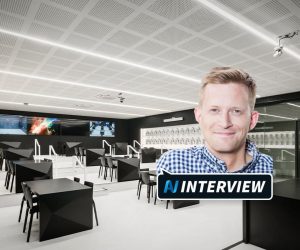
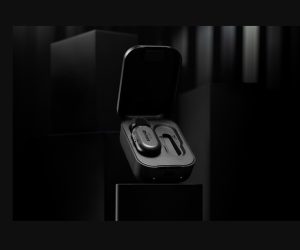
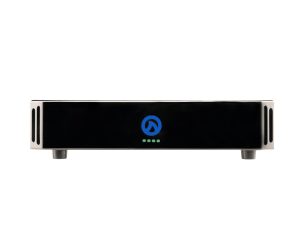
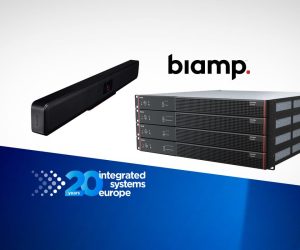
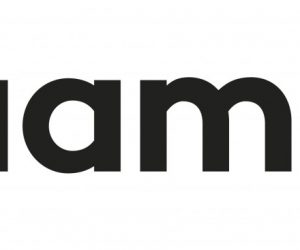
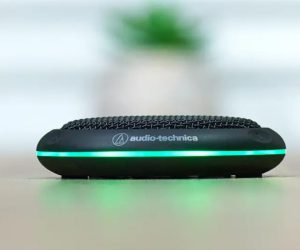
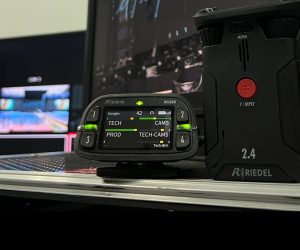
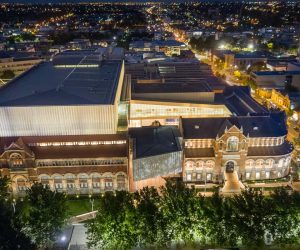
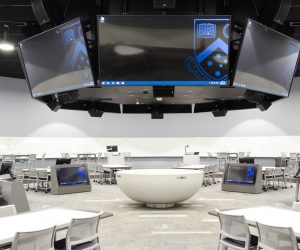
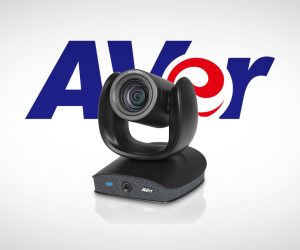
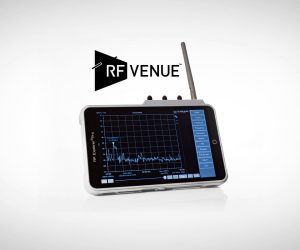
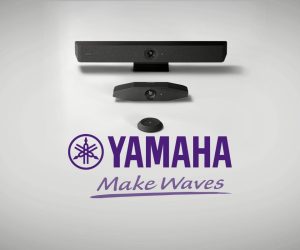
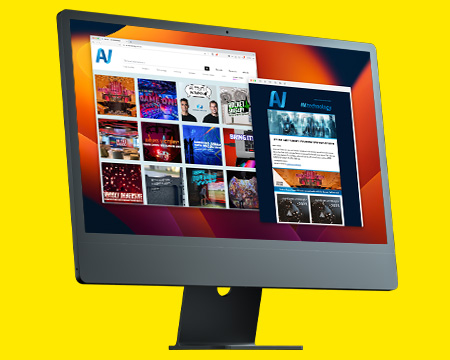

RESPONSES